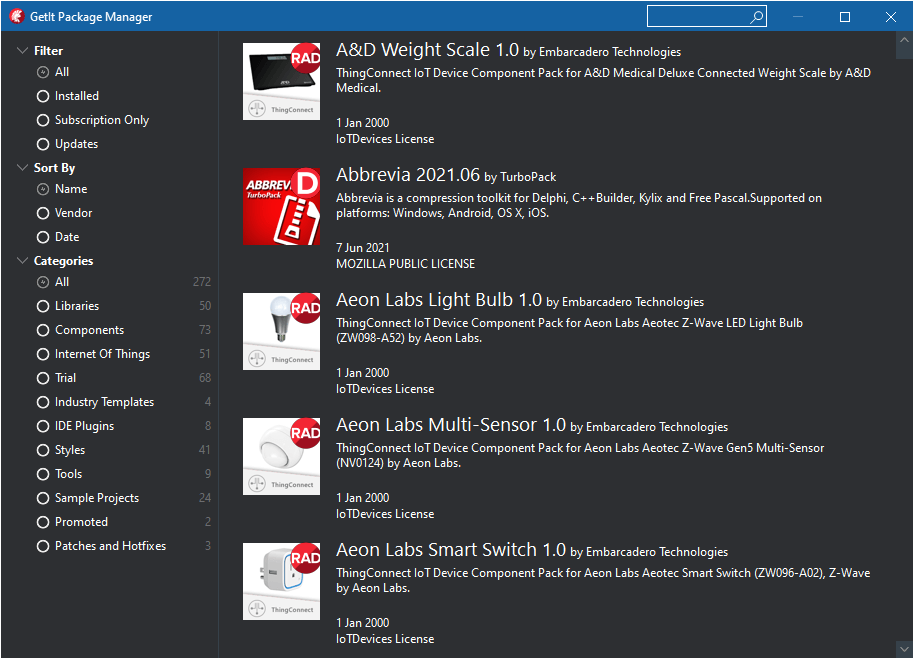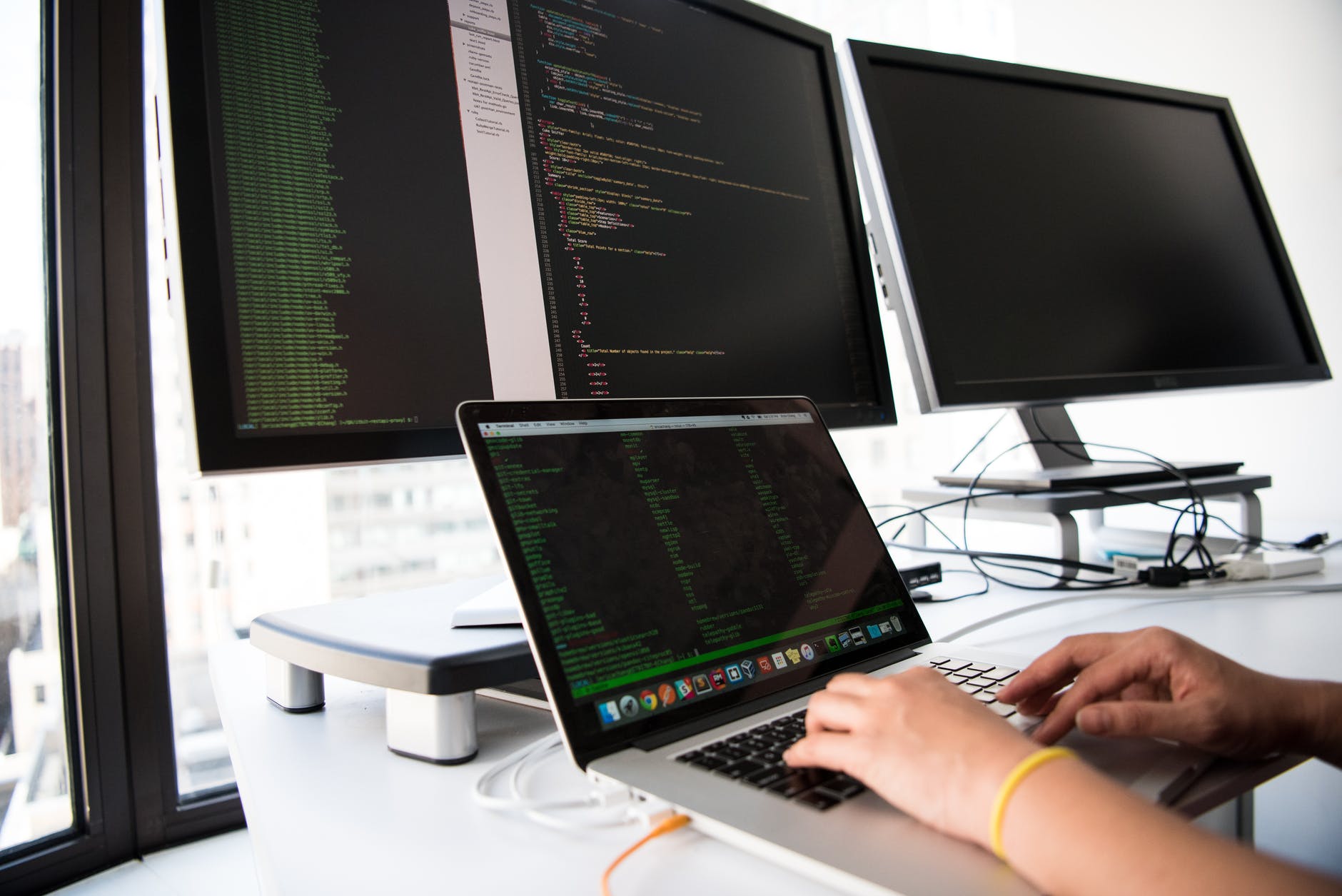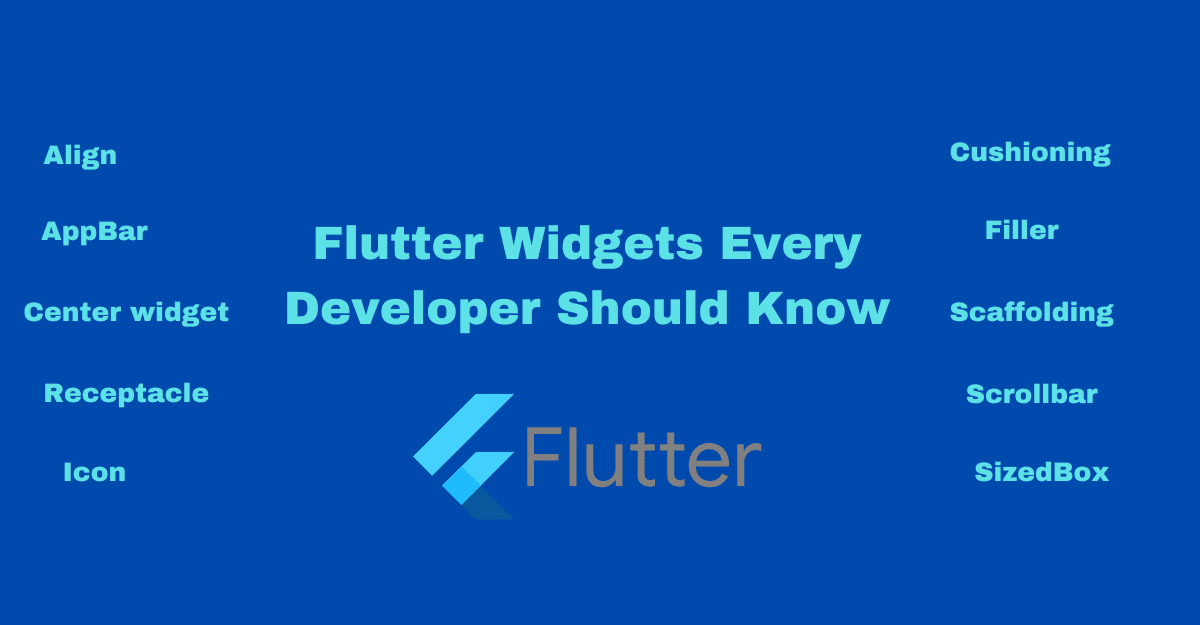
In the always-developing innovation scene, Augmented Reality (AR) and Virtual Reality (VR) have arisen as groundbreaking powers. These vivid advances have tracked down their direction into different ventures. These can be gaming and amusement, medical care, and schooling. While many programming dialects can be utilized to foster AR and VR applications, Python stands apart as a flexible and strong language that is getting some forward movement in this space. In this article, we will dive into the striking cooperative energy of Py in Augmented and Virtual Reality.
The Swiss Army Knife of Programming Languages
Python has procured its standing as a flexible programming language. That appreciated for its straightforwardness, comprehensibility, and broad libraries. This versatility is one of the essential reasons it is progressively utilized in the AR and VR advancement process. Py’s boundless notoriety demonstrates its simplicity of picking up, making it open for designers, everything being equal.
Key Benefits of Python in AR and VR Development
1. Rich Ecosystem of Libraries
Python flaunts a broad library biological system that streamlines and speeds up AR and VR improvement. Libraries like NumPy, SciPy, and OpenCV give amazing assets to picture handling, PC vision, and information investigation. These are fundamental for making vivid encounters. Python developers can play a versatile role in this ever-evolving era.
2. Cross-Platform Compatibility
Python is a cross-stage language, and that implies that designers can compose code once and send it on numerous stages. This trademark is significant in AR and VR improvement, guaranteeing a more extensive crowd reach.
3. Rapid Prototyping
In the powerful AR and VR industry, fast prototyping is significant. Python’s effortlessness and coherence empower engineers to model applications quicker, taking into account faster testing and integrations. This talent is priceless for remaining ahead in this aggressive scene.
4. Community Support
Python’s hearty local area is a significant asset for AR and VR designers. It provides an abundance of documentation, instructional exercises, and backing discussions that can assist with handling complex difficulties and investigating issues effectively.
5. Integration with Other Technologies
Py flawlessly coordinates with advances regularly utilized in AR and VR improvement, like C/C++ and Unity3D. This empowers engineers to saddle Py’s assets while utilizing the capacities of different dialects and devices.
Py in Augmented Reality
Augmented Reality overlays computerized data onto this present reality, making a mixed, vivid experience. Py assumes a critical part in AR improvement through its PC vision capacities, making object acknowledgment, following, and connection with the actual world more open.
Computer Vision
Python libraries like OpenCV empower engineers to execute progressed PC vision calculations, for example, facial acknowledgment, motion following, and item discovery. These are fundamental parts of numerous AR applications, from virtual makeup attempts to intelligent instructive encounters.
Frameworks for AR Development
Python offers AR-explicit structures like ARToolKit and OpenAR, improving the advancement of AR applications. These structures give an establishment to marker-based and markerless AR encounters.
3D Visualization
Python libraries like VPython and Pygame assist engineers with making staggering 3D representations for AR applications. These devices are particularly helpful for compositional representation, where clients can encounter their undertakings in a virtual space.
Python in Virtual Reality
Virtual Reality drenches clients in a completely computerized climate, giving an unmatched feeling of presence. As, a result, Python adds to VR improvement by smoothing out the most common way of making vivid universes and collaborations.
Game Development
Python’s straightforwardness is appropriate for game improvement in VR. With the Pygame library, designers can make 2D and 3D games. As a result, these games can be adjusted for VR conditions. So, this makes it an ideal decision for VR gaming encounters.
Web-Based VR
WebVR, a JavaScript Programming interface for making VR content, can likewise be supplemented with Python. Designers can use Py to improve the online VR experience. This can be done so by coordinating it with web advances and creating engaging VR web applications.
Simulation and Training
Python’s broad libraries and convenience settle on it a fantastic decision for testing systems and preparing programs in VR. Whether it’s flight reproductions, clinical preparation, or instructive recreations, Py’s adaptability is priceless.
Conclusion
Python’s flexibility, rich library biological system, and cross-stage similarity have made it a rising star. A rising star in the AR and VR improvement space. Its job in PC vision, 3D representation, game turn of events, and electronic VR makes it an important resource for making vivid encounters. So the AR and VR industry keeps on extending, Py is ready to assume an undeniably critical part in molding the fate of these advancements. Embracing Py in AR and VR improvement opens up a universe of conceivable outcomes. As a result guarantee that we keep on pushing the limits of what is conceivable in these thrilling domains of innovation.








